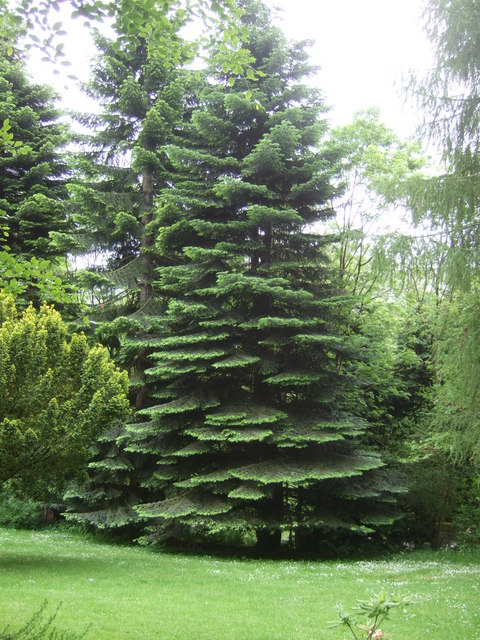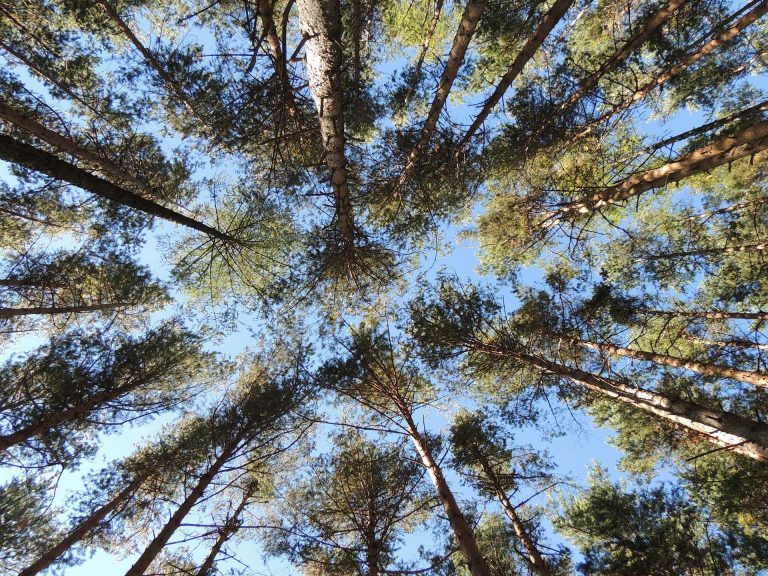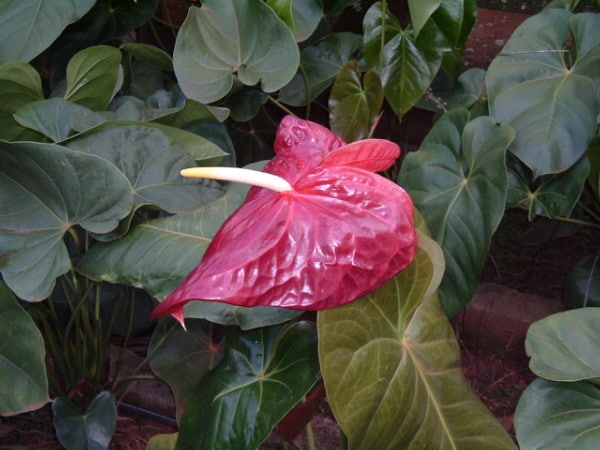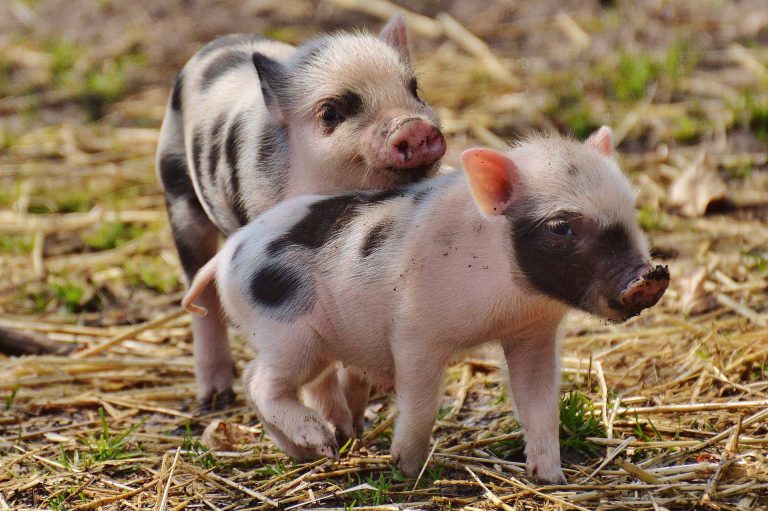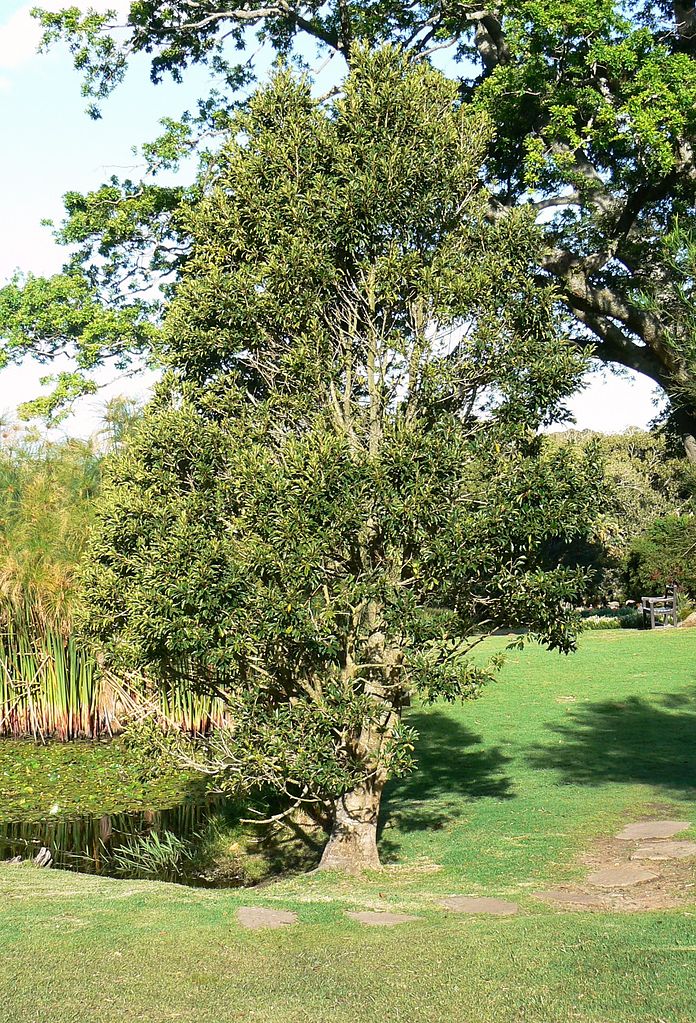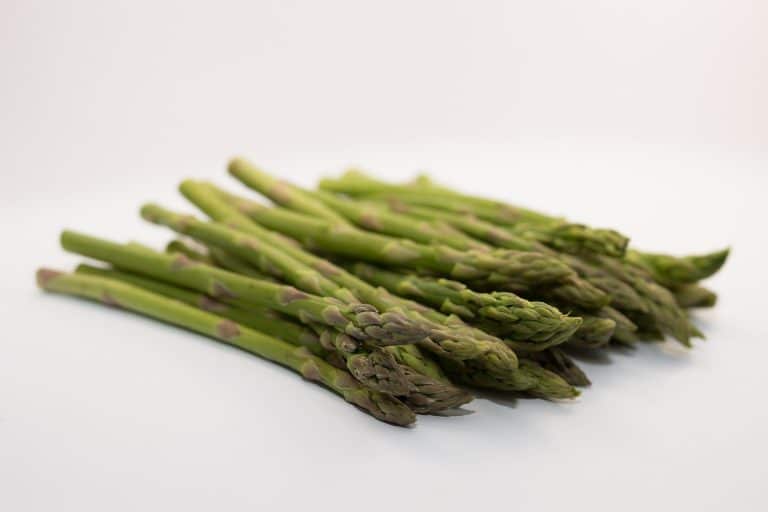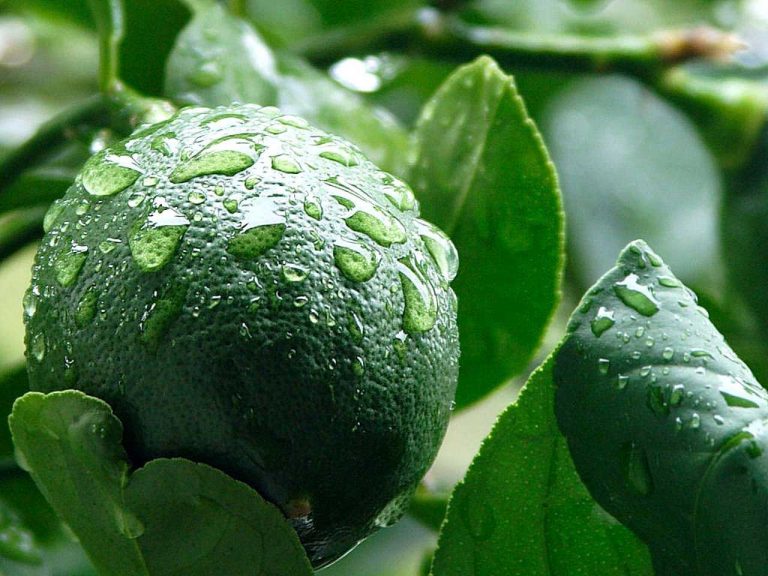Fir Trees
Scientific classification
| Kingdom: | Plantae |
| Division: | Pinophyta |
| Order: | Pinales |
| Class: | Pinopsida |
| Genus: | Abies |
| Family: | Pinaceae |
The fir trees are evergreen coniferous trees, belonging to the Pinaceae family of plants that have a genus count of 48-55 species. The fir tree looks like a Christmas tree. Fir is a specific species of tree. It has certain characteristics that distinguish it from other conifer trees. Fir trees can be identified by their needle-like leaves that are always short, just a few inches in length. When the cones of fir trees develop, they break open and release their seeds. Firs are pyramid-shaped trees, which is why they are suitable as Christmas trees. The leaves of fir trees are sharp and are medicinally beneficial for flu, cold, cough, muscle aches, and arthritis. The appreciation day of a fir tree is 18th June. The Douglas fir tree is useful in preventing soil erosion and is also used in commercial landscape designs.
Anatomy
The leaves of the fir tree are significantly flattened and have two white strips on the bottom, formed by wax-covered stomatal bands. The upper surface of the fir leaf is uniformly shiny and green. Without stomata, they look like whitish spots. During the winter season, fir trees do not lose their leaves. For the purpose of reproduction they have cones. They look similar to the ones of conifers like larches and pine, and are closely related to cedars. The cones of these trees are cylindrical in shape, and stand erect from the branches when the tree is young. The tree has a smooth bark that appears gray. Fir trees can grow from 30 to 200 ft.
Uses
The wood of the fir tree is not suitable for timber and is of lower quality than other evergreen trees like spruce and pine trees, and is mainly used in the manufacture of composite material like plywood. It is also used in the decoration in the yard and in the homes. Because of their beautiful and attractive appearance, the fir trees are popular for landscaping and in gardens.
Habitat
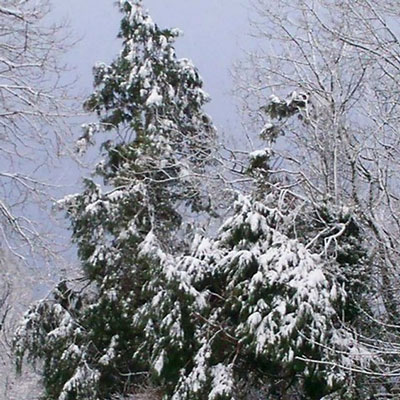
The fir trees are found in the mountains and in many continents such as North and Central America, Asia, North Africa and Europe. Fir trees have twelve species, including the Noble Fir, the Red Fir, the Pacific Silver Fir and the White Fir. These species exist in the United States, west of the Rocky Mountains.
Planting
The Fir tree has to be planted in an area which is protected from high winds. Except hard packed clay soil, these trees grow in most types of soil. Location is the most important factor in planting a healthy fir tree. They are easily uprooted by winds and damaged.
Watering
They need a lot of water. Use soaker hoses around the tree to saturate the soil. Allow the water to soak into the soil as the grass will use up any surface watering.
Soil
A moist, fertile, well-drained soil is ideal for planting a fir tree sapling. Soil fertility can improve tree quality. Make sure that tree enjoys full exposure to the sun because they need full sunlight. Manure can be helpful in enhancing the fertility of the soil.
Care
Apply fertilizers and mulch once in a year. Fertilizers help the trees grow rapidly. Mulch is like a food for the tree. It helps in protection of the soil and keeps it from dying out, and conserves moisture in the soil. Mulch also helps in preventing weeds from taking hold.
Pests and Pesticides
Integrated pest management provides the pest control for fir tree without any negative impact on the environment. There are many native pests that can turn an attractive and beautiful green fir tree into a yellow tree, and make it useless. The main aim of IPM is to decrease pesticide treatment. Many species of fir trees face death due to pests.

Having discovered a fondness for insects while pursuing her degree in Biology, Randi Jones was quite bugged to know that people usually dismissed these little creatures as “creepy-crawlies”.

